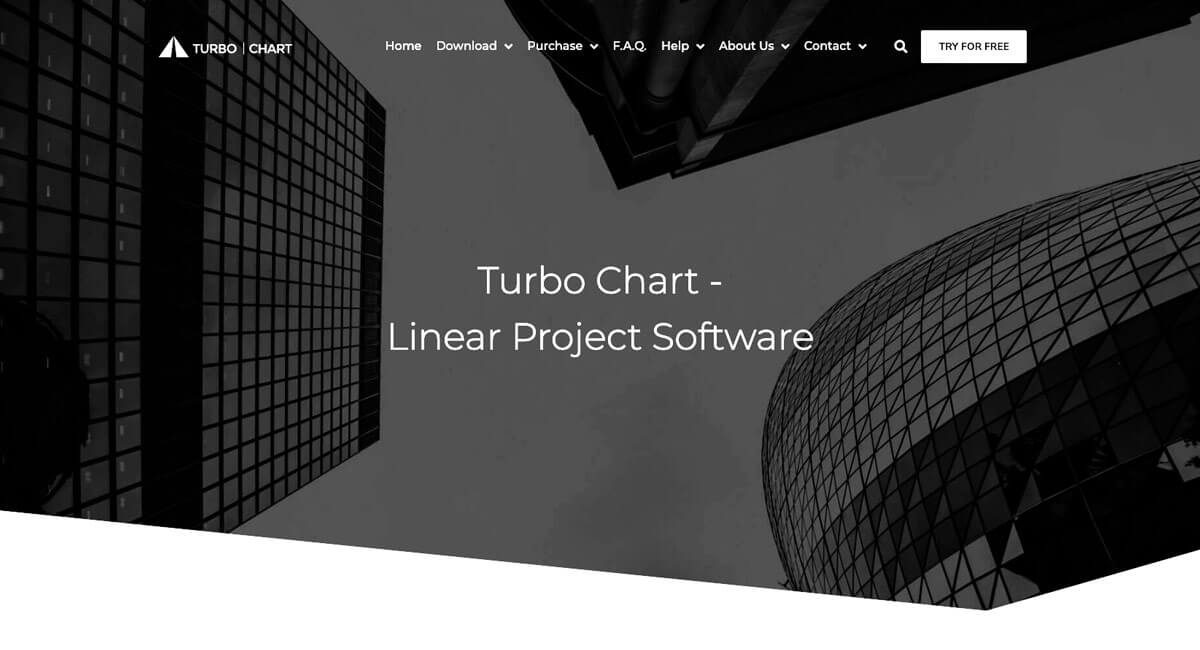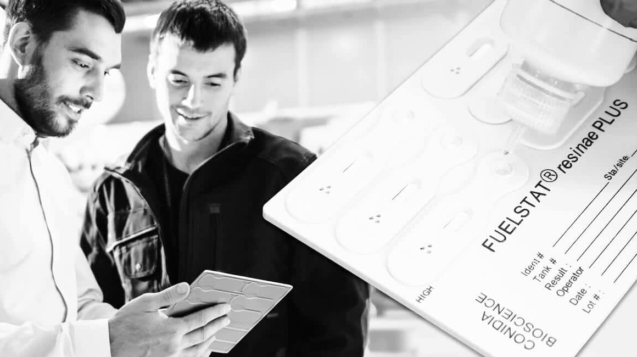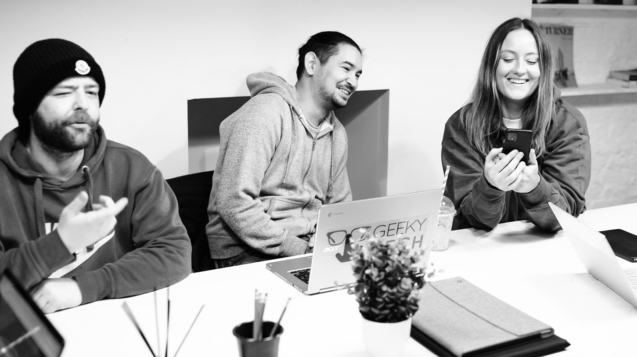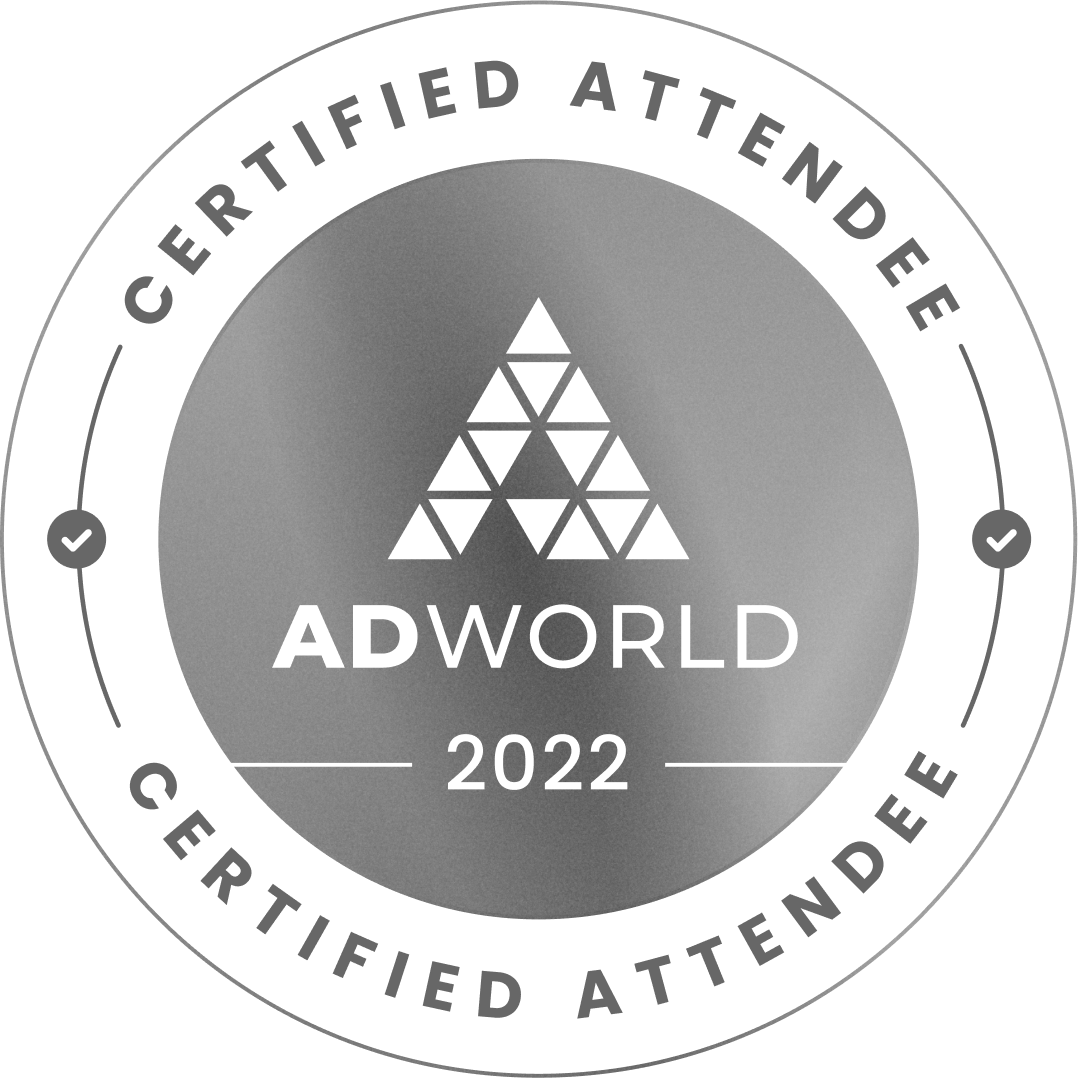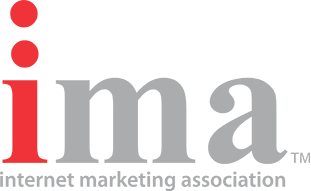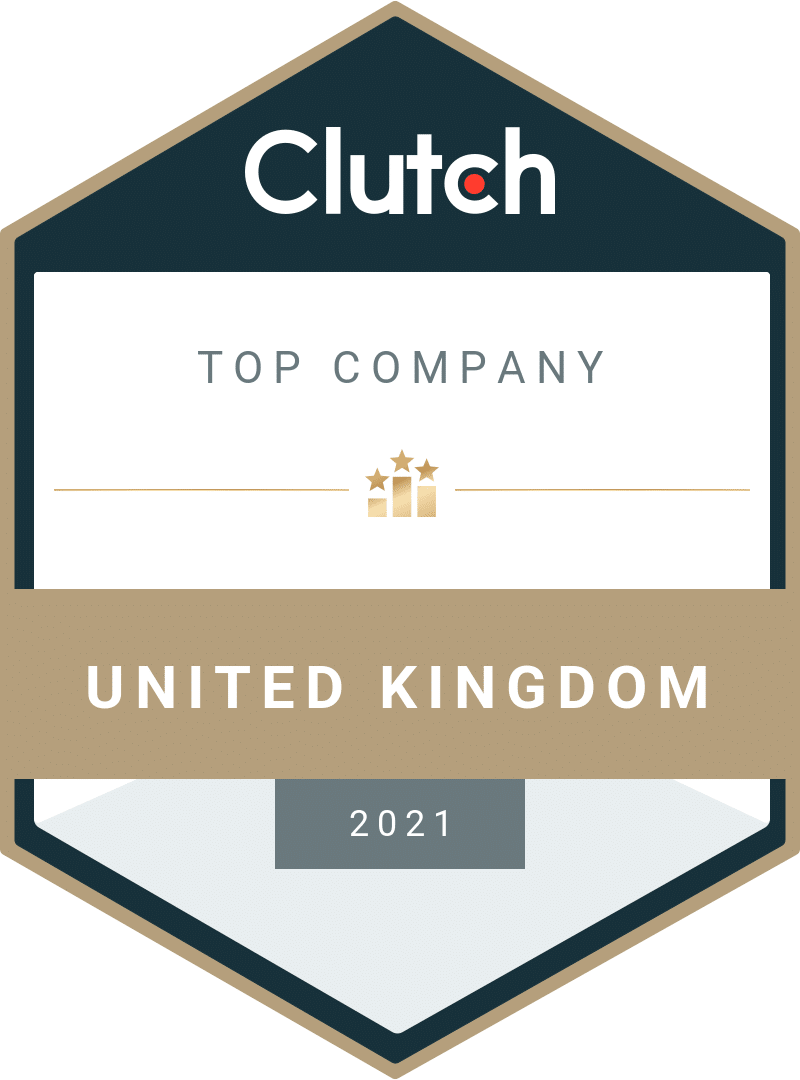How Keyword Research Increased Turbo Chart’s Ranking Keywords by 463%
Last week, we explored the first fundamental of SEO: keyword strategy and research. We learned that keywords are essential to getting ranked in Google, attracting more high-quality traffic, and outranking your competitors.
This week, we’re going to take a look at how powerful keywords are in real life. And what better way to do that than to show you what happened to Turbo Chart, one of our SEO customers.
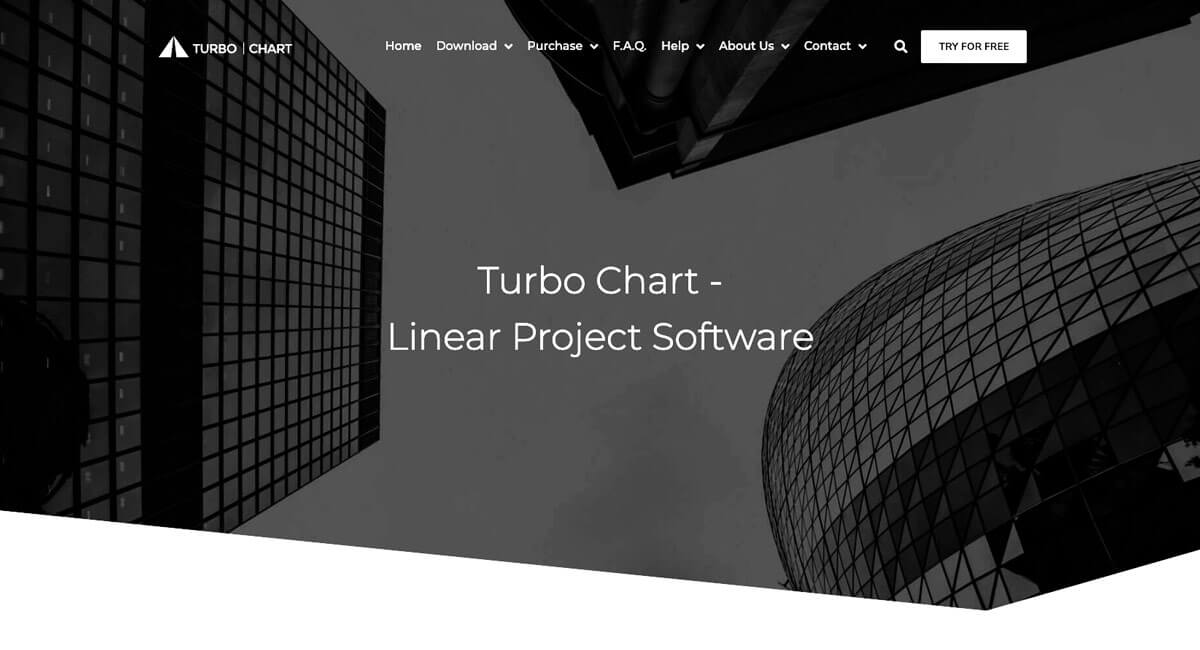
A Little Bit More About Turbo Chart
Turbo Chart is a desktop linear-project software that provides companies with stunning time-location charts. If you’re wondering, ‘What the hell is a time-location chart?’, then you probably don’t work in project management in the construction industry.
Basically, a time-location chart is a visual representation of a construction or building project that shows what tasks need completing and when.
The benefit of a time-location chart is its elegant visualisation, which helps companies see outstanding tasks within a site.
Turbo Chart is downloaded right to the desktop and can be integrated into a client’s existing scheduling tool.
Turbo Chart Before We Worked on Their Site
Meet Rusty and Santosh, the co-founders of Turbo Chart. When we first got in touch with them, their website definitely did not look like it does now (if we do say so ourselves). Besides not having an SEO strategy, they were dealing with another major problem:
They were up against a competitor whose association with this kind of software was so rock-solid, the brand had become synonymous with the software itself…the Hoovers of time-location software, if you will.
That, friends, is one tough rival to beat.
It didn’t matter that Turbo Chart’s software was easier to learn, more flexible to use, and cheaper to buy than the other guys’. They simply could not compete with such fierce competition—another example of why SEO is so important: Your customers simply won’t find you without a solid SEO strategy—no matter how good your product is.
What Turbo Chart Was Doing Wrong
As we mentioned, Turbo Chart’s website hadn’t been given the SEO treatment. They weren’t ranking for relevant keywords. The customers that were searching on Google for this type of software couldn’t see Turbo Chart in their search results.
What Turbo Chart needed was a site audit and competitor analysis to find out exactly what keywords they could use to compete with the big guys. If you remember from last week’s post, keyword strategy is about finding keywords or long-tail key phrases that are relevant, specific, and easy to grab.
But really, what Rusty and Santosh needed was for their website to target the same people their competitors were attracting—customers looking for linear project software.
How Keyword Research and Strategy Saved the Day
Alas, not all heroes wear capes.
Before we even touched their websites, we sat down with Rusty and Santosh to find out what they wanted to achieve. Obviously, more customers was the main goal. But we also wanted to know about their business—where they wanted it to go and how they wanted to get there.
Then, we cracked open their site with a comprehensive audit to take a closer look at what we were working with. We didn’t just look at their keywords. We wanted to know everything about its digital presence, including its off-page authority (which is also called off-page SEO, and which we haven’t covered yet in our SEO Fundamentals series).
Then, we went into the field and behind enemy lines to find out what Turbo Chart’s competitors were up to (Oh, the things we’ve seen!).
Why do we spend our time looking at other company websites? Well, the best way to find out what a company is doing wrong is to look at what other companies are doing right.
Our Approach to Keyword Research
To quote the great Montell Jordan, this is how we do it:
The first thing we did was research Turbo Chart’s target audience. We knew that linear project software is used by project managers, but what we also needed to find out was how they searched the internet. Understanding their search behaviour would give us a better idea of the most profitable keywords that would boost the company’s rankings.
Then, we plugged those words into our keyword research tools to find out exactly who was ranking for those terms.
Based on the results of our sleuthing, we developed a strategy that would get Turbo Chart in the ranking for the best keywords.
We Didn’t Stop There
A keyword strategy is only the beginning of SEO. Without the other two fundamental steps—on– and off-page SEO—all that hard work won’t pick up steam. That’s why we took a three-pronged approach to helping Turbo Chart get the competitive edge.
On-Page SEO
We started our on-page SEO by building Turbo Chart a brand-new website with exceptional functionality that included high-quality keywords in its content. Then, we took a look at the company’s backend to make sure there were no technical errors or concerns. We rearranged the company’s existing content to match our on-page SEO best practices, then worked our magic to ensure the website was technically and visually perfect across all browsers and devices.
Off-Page SEO
We also boosted Turbo Chart’s off-page SEO by implementing a backlink strategy that would increase its authority in the eyes of Google, and ultimately, improve its rankings. Our backlinks included site mentions, business citations, and links from other high-authority websites that were relevant to Turbo Chart’s industry.
Turbo Chart After We Applied Keyword Research & Strategy
Unlike paid advertising, SEO isn’t an instant switch. It takes about three to six months before its magic starts taking effect. From July 2019 to October 2020, here’s what changed for Turbo Chart’s website:
- Its ranked pages in search engines (not just Google) increased by 250%.
- The number of ranking keywords increased by 148%.
- The number of keywords ranking on page one of Google increased by 463%!
Find Out More About Turbo Chart’s Success Story
As you can see, these are no small numbers. Now, when you type ‘linear project software’ in a Google search, Turbo Chart is the first organic result you’ll see. We’ve helped Rusty and Santosh establish a strong digital presence that reflects their company’s real-world authority and gives their business the credibility they deserve.
- How Keyword Research Increased Turbo Chart’s Ranking Keywords by 463%
- A Little Bit More About Turbo Chart
- Turbo Chart Before We Worked on Their Site
- What Turbo Chart Was Doing Wrong
- How Keyword Research and Strategy Saved the Day
- Our Approach to Keyword Research
- Turbo Chart After We Applied Keyword Research & Strategy
- Find Out More About Turbo Chart’s Success Story

